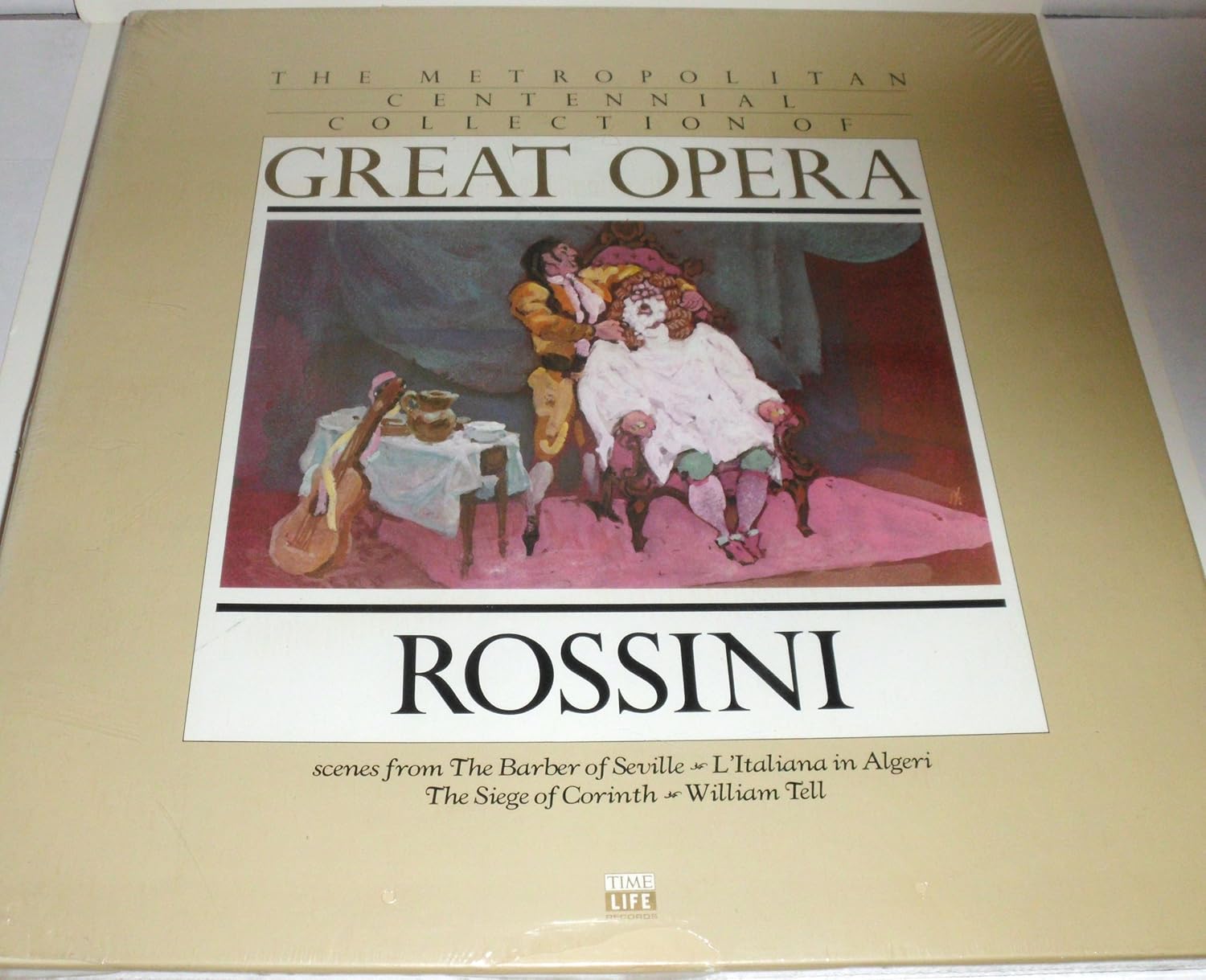In the world of art collecting, few collections resonate with the same reverberating significance as the Centennial Collection. This unique assembly of artworks not only represents a century of artistic evolution but also encapsulates cultural, social, and political narratives that have shaped our world. The Centennial Collection serves as a testament to the transformative power of art, documenting a century’s worth of creativity and innovation.
Understanding the Centennial Collection

The Centennial Collection was initiated to commemorate a significant milestone—often the 100th anniversary of a particular institution, movement, or event. This collection aims to gather artworks that represent the essence of the century it celebrates, showcasing a diverse array of styles, mediums, and philosophies.
- Historical Context: Many Centennial Collections are tied to specific events, such as the founding of a museum, a national centenary, or a pivotal moment in art history.
- Diversity of Mediums: The collection typically includes paintings, sculptures, photography, and mixed media, offering a well-rounded view of artistic expression.
- Global Representation: A hallmark of these collections is their effort to include works from various cultures and backgrounds, reflecting a truly global perspective.
The Artistic Evolution Over a Century

The Centennial Collection showcases a plethora of artistic movements that emerged throughout the century. Each movement is a reaction to the socio-political climate of its time, and the collection serves as a visual timeline of how these movements influenced one another.
Impressionism to Modernism

One of the most significant transitions captured in the Centennial Collection is from Impressionism to Modernism. Impressionist artists such as Claude Monet and Edgar Degas paved the way for modern artists by breaking away from traditional techniques and perspectives. The collection often features:
- Impressionist Works: Such as Monet’s “Water Lilies,” representing a shift towards capturing light and movement.
- Post-Impressionist Contributions: Artists like Vincent van Gogh, whose expressive brushwork and vibrant colors influenced later movements.
- Modernist Exemplars: Works by Pablo Picasso and Wassily Kandinsky demonstrate the break from realism and embrace of abstraction.
Impact of Technology on Art

As technology evolved, so did the tools available to artists. The Centennial Collection often reflects this evolution through:
- New Mediums: The introduction of photography, digital art, and installations expanded the boundaries of traditional artistic expression.
- Artistic Techniques: The use of mixed media and innovative approaches to materials, such as the incorporation of found objects.
- Interactive Art: Some contemporary pieces invite viewer participation, blurring the lines between artist and audience.
Case Studies: Notable Works in the Centennial Collection

To illustrate the depth of the Centennial Collection, let’s explore a few notable works that exemplify the themes and artistic styles represented.
The Persistence of Memory by Salvador Dalí
One of the most iconic pieces in the collection, “The Persistence of Memory,” painted in 1931, is a hallmark of Surrealism. This painting challenges our perception of time and reality, utilizing dream-like imagery to provoke thought and introspection.
- Symbolism: The melting clocks symbolize the fluidity of time, suggesting that time is not as rigid as we perceive.
- Impact: Dalí’s work influenced countless artists and remains a vital part of art history discussions.
Campbell’s Soup Cans by Andy Warhol
Warhol’s 1962 series “Campbell’s Soup Cans” revolutionized the art world by merging commercialism with fine art. This work is a cornerstone of the Pop Art movement.
- Consumer Culture: Warhol’s art critiques the commodification of culture and the blurred lines between art and advertising.
- Legacy: It paved the way for future artists to explore themes of consumerism, identity, and mass production.
The Role of the Centennial Collection in Education and Community Engagement

The Centennial Collection is not just an assemblage of art; it serves as a vital educational tool and a means of community engagement. Museums and galleries often curate programs around the collection to foster appreciation for the arts.
- Educational Programs: Workshops and lectures help demystify the artworks, encouraging deeper understanding and appreciation.
- Community Events: Interactive exhibitions often invite local artists to showcase their work alongside the Centennial Collection, fostering community dialogue.
- Digital Accessibility: Many collections are now accessible online, allowing global audiences to engage with the art remotely.
The Future of the Centennial Collection
As we move further into the 21st century, the Centennial Collection will continue to evolve. Emerging artists and new movements will undoubtedly find their place within its framework, ensuring the collection remains relevant.
- Inclusion of Diverse Voices: Future collections are likely to focus more on underrepresented artists, providing a broader narrative.
- Technological Integration: Innovations like virtual reality and augmented reality will create immersive experiences for viewers.
- Environmental Considerations: Artists increasingly address climate change and social issues, reflecting contemporary concerns within the collection.
The Centennial Collection is more than just a collection of artworks; it is a living testament to a century of artistic endeavor and cultural evolution. Through its diverse range of pieces, it narrates stories that connect us to our past while paving the way for future artistic innovations. As we engage with this collection, we are reminded of the enduring power of art to reflect, challenge, and inspire. The ongoing journey of the Centennial Collection will undoubtedly enrich our understanding of art and its place in society for generations to come.